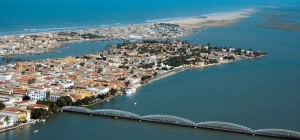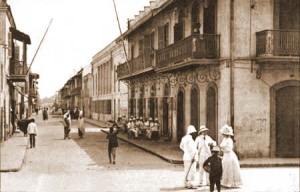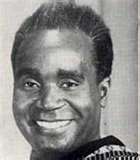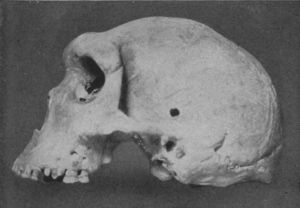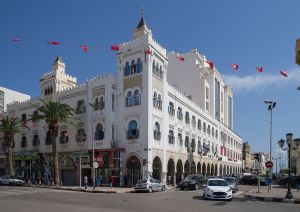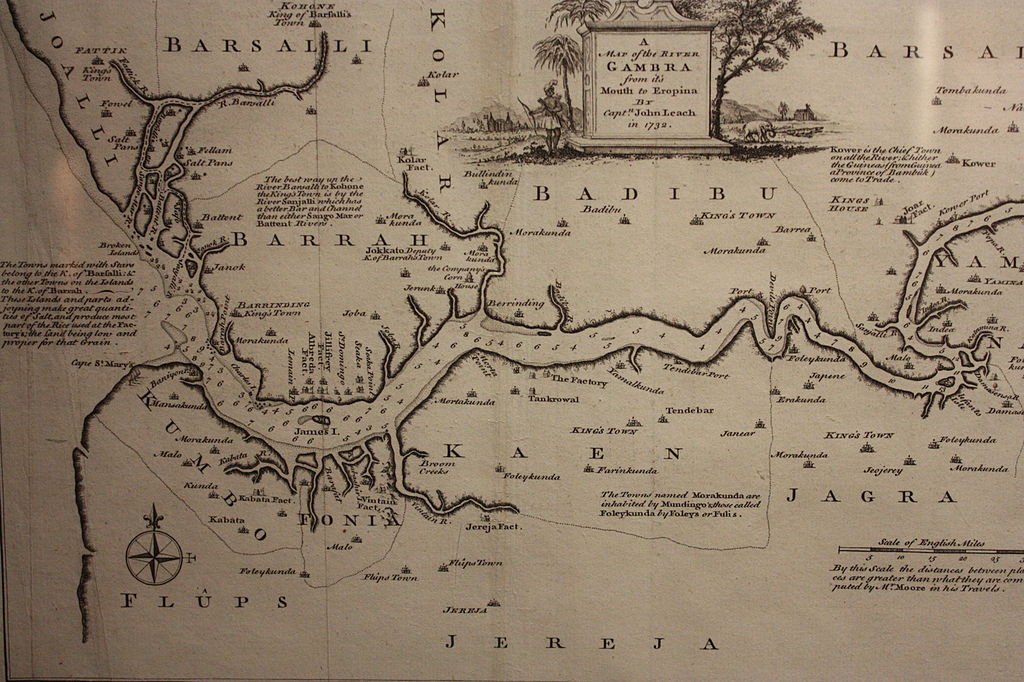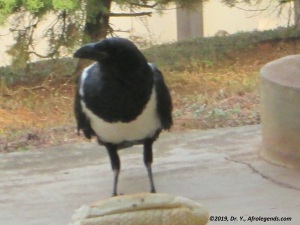
Have you ever wondered why the second city of the Republic of the Congo‘s name is Pointe-Noire? After all, why would a city in Congo be named Black point? Is there a volcanic mountain in the city, whose tip is black? Or does the city extend through the bay while making it so hard to distinguish that sailors of the past could have called it Black point, because maybe they could not see it, and just crashed into its coasts? Or is it the French translation to a local word? All those questions are quite valid ones.
It turns out that the city of Pointe-Noire got its name from the Portuguese navigators who saw a block of black rocks on the headland in 1484. They named the place Ponta Negra (as it first appeared on maps), which became Punta Negra in Spanish, which later became Pointe Noire in French. It became a maritime point of reference for the Portuguese sailors, and later in 1883 it became a small fishing village, after the French signed a treaty with the local Loangos people. Pointe-Noire is nicknamed Ponton or Pontoon by its inhabitants, or Ndji-Ndji or Njinji, in reference to the ancient village of fishermen on which the city is built. It is located between the small bay of Pointe-Noire Bay and the Atlantic Ocean

Over the years, the city of Pointe-Noire overtook the place of Loango located about 15 km away, which used to be the capital of the great Loango empire (story for another day). First in 1910, the French Equatorial Africa (Afrique équatoriale française, AEF) was created, and French companies started exploiting the Middle Congo (modern-day Congo Brazzaville) in that region, then there was a need for the creation of a railroad that could link Brazzaville inland to the Atlantic ocean. In 1923, Pointe-Noire was chosen to be the

terminus of the Congo-Ocean Railway, instead of Libreville. The city was also chosen to be the AEF seaport as opposed to Loango (this marked the forever decline of Loango). In 1950, Pointe-Noire had 20,000 inhabitants, and became the capital of the Middle Congo, while Brazzaville was the capital city of the AEF. It was the most modern city in Congo by 1960. Oil discoveries and the implantation of Elf Aquitaine (now Total Energies) in the 1980 have created an economic boom for the city, and influx of populations especially after the civil war of 1997 between Pascal Lissouba and Denis Sassou Nguesso. It is good to note that the oil of Congo belongs to France, and this was the reason of the 1997 war between Lissouba and Sassou Nguesso, because Lissouba wanted fair compensation for Congolese oil, and sought an American company to exploit oil (The 11 Components of the French Colonial Tax in Africa).
Today, Pointe-Noire is a very modern city whose main industries are still oil, the seaport, railway, and fishing; it also has a large potash industry as well. Pointe-Noire is the economic lung of the country. A while back, we visited Pointe-Noire, and were amazed by the difference between Pointe-Noire and Brazzaville; it is better built, and organized. It also has a large expatriate community. In the past it was left untouched by the civil unrest that shook the entire country. The city has two distinct sides, with the European quarter and the African quarter (La Cité) offering wholly different feels – Pointe-Noire is a great example of urban dimorphism if there ever was one. As you visit Pointe-Noire, and walk on its sandy beaches, enjoy the city, and if you have time, try to look for that Black Point after which it was named.


